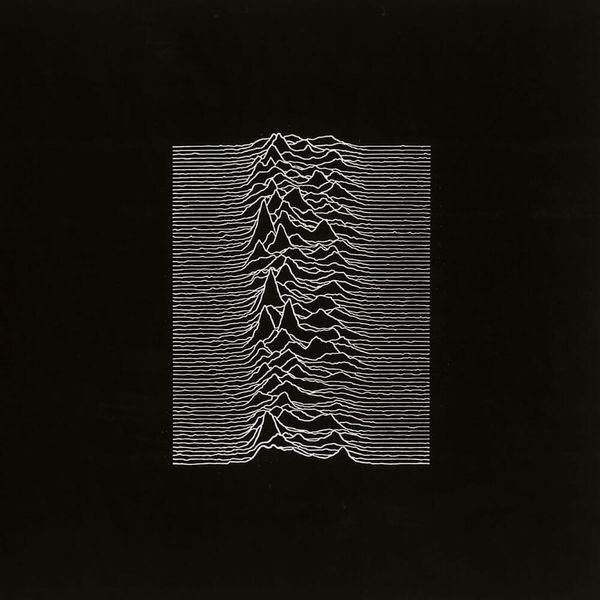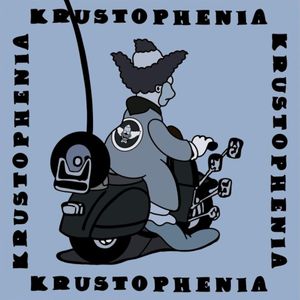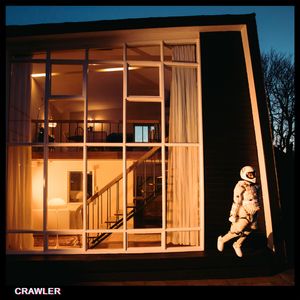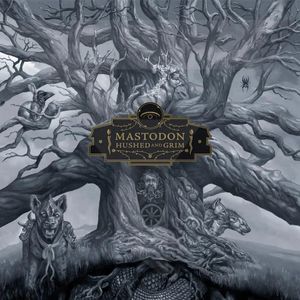Statsioxide: our first 150 reviews in numbers
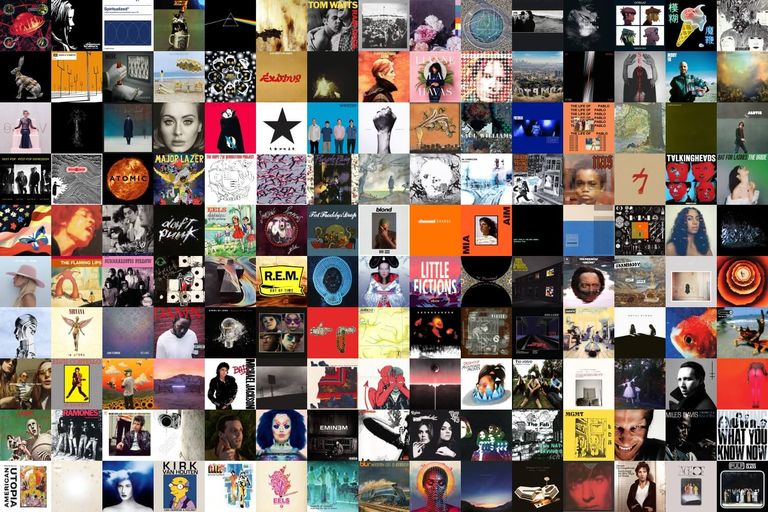
We’ve been reviewing an album a week for over three years now. There have been lulls, bumps in the road, but we’ve finally got 150 under our belt. To celebrate the milestone we took some cues from Statstano and dug into the numbers. Between individual scores, combined scores, genre, album length, release dates, and regions we had close to 1000 data points to mess around with.
Average scores
First things first: average scores. The three of us each assign a personal score out of 10 to the album we’re reviewing. Those three are then combined into an overall score out of 30. We all need to like an album for it to score well. It also takes more than one of us disliking an album for it to do badly.
Below you can see the breakdown of scores across our first 150 reviews:
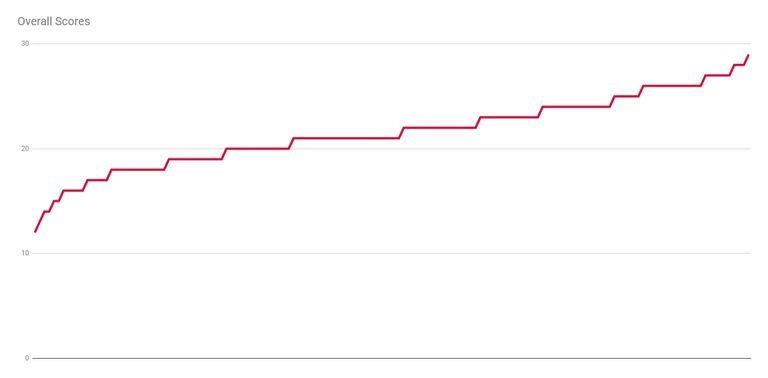
Without getting into the types of reviews, the average score of our first 150 reviews has been 21.53 out of 30 (or 7.18 out of 10).
Of the 150 albums we’ve reviewed, 77 were new releases. The average of new releases on Audioxide has been 19.92 out of 30 (or 6.64 out of 10).
The remaining 73 were oldies — retrospective reviews of old favourites, supposed classics, and random picks. The average score of oldie reviews was 23.22 out of 30 (or 7.74 out of 10).
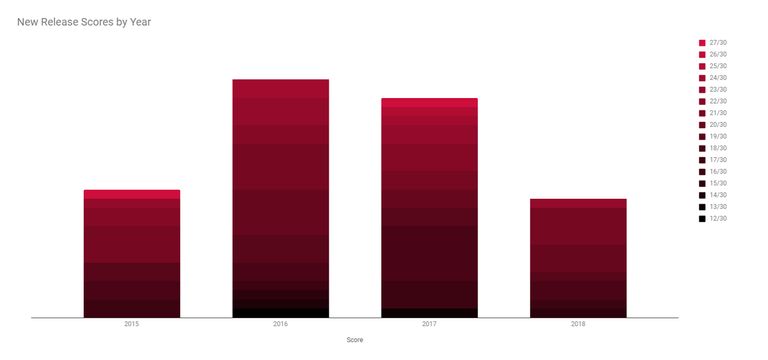
How does that see us compare to the likes of Pitchfork and Anthony Fantano of The Needle Drop? Our overall average is almost exactly the same as Pitchfork’s 7.19, but it’s comfortably higher than Fantano’s 6.25. That said, given Fantano only assigns scores to new releases, our own new releases score is a fairer comparison. On that front Fantano still scores lower on average than we do, but only by 0.4.
We happy three
Our individual scores are where things start to fragment a little. We’ve each settled into a role of sorts for our reviews, and that bears out in the numbers.
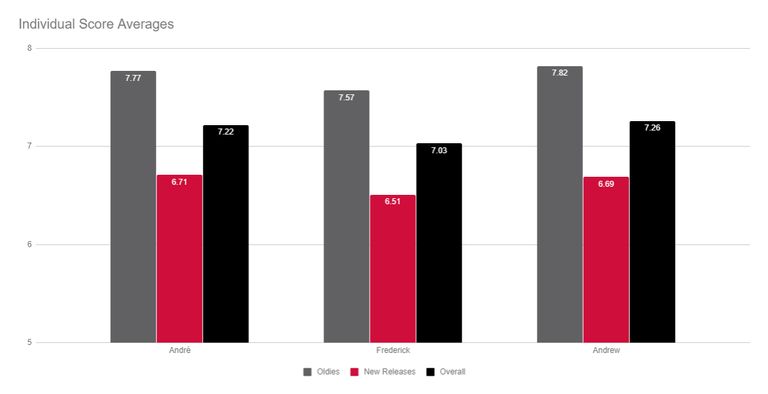
André is the most forgiving of new releases, while Andrew has the highest average for oldies. Andrew also has the highest overall average: 7.26. Fred confirmed his status as resident grinch by having the lowest average score across the board.
Andrew gave a score of nine or higher in 17.93% of his reviews, André 13.60%, and Fred 9.02%. We’ve each given two perfect scores so far:
André: The Downward Spiral by Nine Inch Nails & OK Computer by Radiohead
Fred: The Dark Side of the Moon by Pink Floyd & On the Beach by Neil Young
Andrew: OK Computer by Radiohead & Can I Borrow a Feeling? By Kirk Van Houten
All worthy works to be sure.
The three of us accounted for 425 of the first 450 individual summaries on the site, but sometimes life gets in the way. When one of us couldn’t make it, friends would step in. Our guest writers contributed as follows:

Most of the absences were Fred, who disappeared for four months in early 2017. As far as we can tell he enjoyed his time away, but it didn’t do much to improve his scores.
Time spent listening
The combined length of the albums we’ve reviewed is 123 hours 52 minutes 40 seconds — over 5 straight days of music. Given we each try to listen to an album at least three times before reviewing it, a minimum of 46 days of listening has gone into the site so far.
The longest album we reviewed was The Glowing Man by Swans at 1 hour 58 minutes 3 seconds, while the shortest was Rocket to Russia by Ramones at 31 minutes 46 seconds. The average album length was 49 minutes 33 seconds.
A record needle travels nearly two-thirds of a mile in 48 minutes (just over 1 kilometer). Using that estimate, a needle would have to travel just short of 100 miles (or 160 kilometers) to get through our first 150 albums. Pretty groovy.
Album length numbers also shed light on a funny little oddity. Andrew has insisted for years that album length should sit in the sweet spot between 36 and 44 minutes, otherwise they are too short or too long. It was curious then to find that Andrew’s average score for albums in that length range is actually lower than his overall average. He insists these are the exceptions that prove the rule.
The 27+ Club
It’s rare for an album to score 27 or higher. It’s not enough for one of us to love it, we all need to. When a album pulls off this feat it joins the 27+ Club.
Ten albums have made it so far — eight oldies and two new releases:
OK Computer by Radiohead
The Downward Spiral by Nine Inch Nails
Homogenic by Bjork
On the Beach by Neil Young
Low by David Bowie
Songs in the Key of Life by Stevie Wonder
The Dark Side of the Moon by Pink Floyd
Kind of Blue by Miles Davis
To Pimp a Butterfly by Kendrick Lamar
Visions of a Life by Wolf Alice
Only 6.67% of the albums we’ve reviewed so far have joined the 27+ Club. 10.95% of oldies were inducted, but only 2.59% of new releases so far have made the cut. There were 13 albums that missed out by one point, usually because of Fred.
The average length of a 27+ Club album was 55 minutes, 53 seconds.
The dregs
We tend to be quite indulgent of the music we listen to. Only reviewing one album a week means we can be picky about what we listen to. We’d sooner do an oldie review than spend a week listening to something we know we’re likely to loath. Accordingly, even our lowest reviews aren’t that low compared to some floating around.
The lowest rated album to date is AIM by Mia, a new release. It clocked in with a meagre 12 out of 30, gettings fours from each of us. The lowest rated oldie was Power, Corruption & Lies by New Order. We gave it 14 out of 30, an act of sacrilege we stand firmly by.
Genres & geography
Rock has been by far and away our favourite genre to review. 81 of our first 150 albums were rock albums. The second highest genre was electronic clocking in with 23, with hip hop in third with 15.
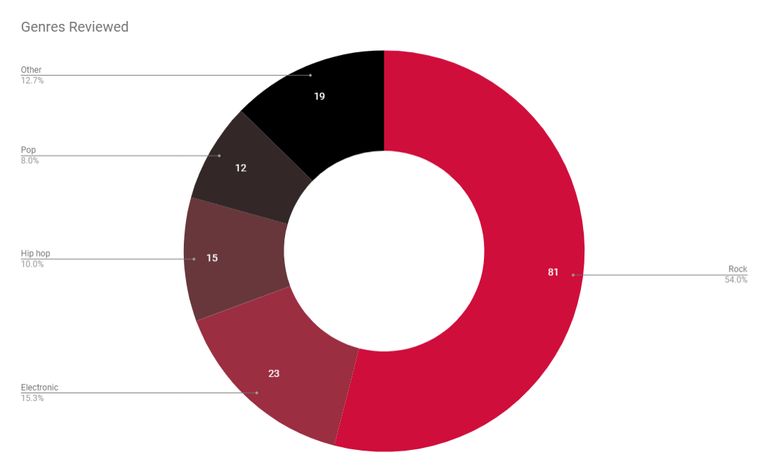
Rock was also our highest rated genre, with an average score of 21.94. Hip hop was a close second with 21.73, while the mishmash of ‘other’ genres came third with 21.98. Electronic did comparatively poorly, which was a little surprising. A good few of our favourite albums so far have been electronic. Our snobbishness was laid bare in regard to pop albums, which averaged 19.42.
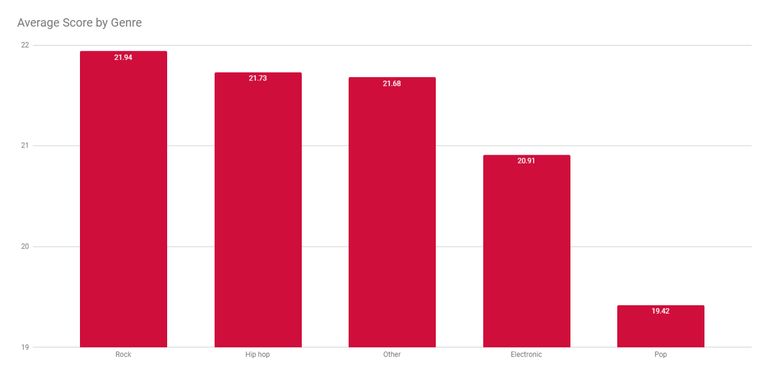
As for region, 50% of albums reviewed were by artists from the United States (averaging 21.55) with a further 34.7% from England (averaging 21.46). The remaining 15.3% were a mix of Canada, Scotland, Australia, France, Iceland (read: Björk), Ireland, Norway, Jamaica, New Zealand, Belgium, and Sweden.
Postscript
And that’s that, more or less. A lot of this confirmed what we suspected, but there’s value even in that. Reviews make a lot more sense in context. Hopefully these numbers provide that. We’ve loved the experience so far, even Fred. We’ve introduced each other to incredible artists, shared unforgettable listening experiences (good and bad), and we’re hopefully only just getting started.
Here’s to the next 150.
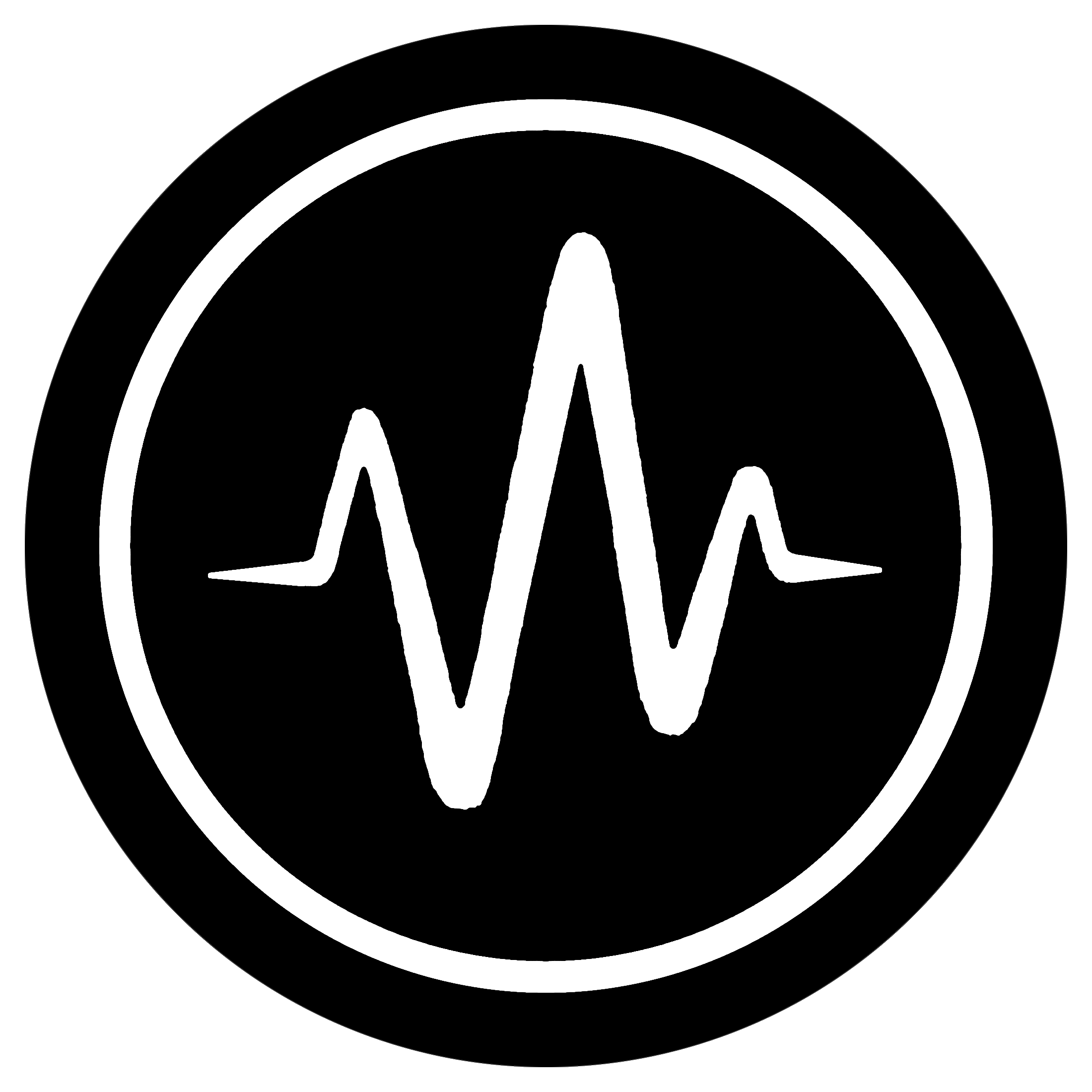
Related Posts
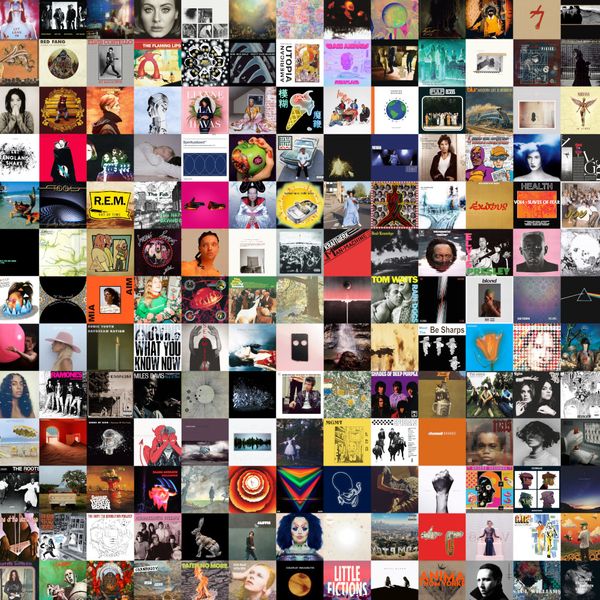
Statsioxide: our first 250 reviews in numbers
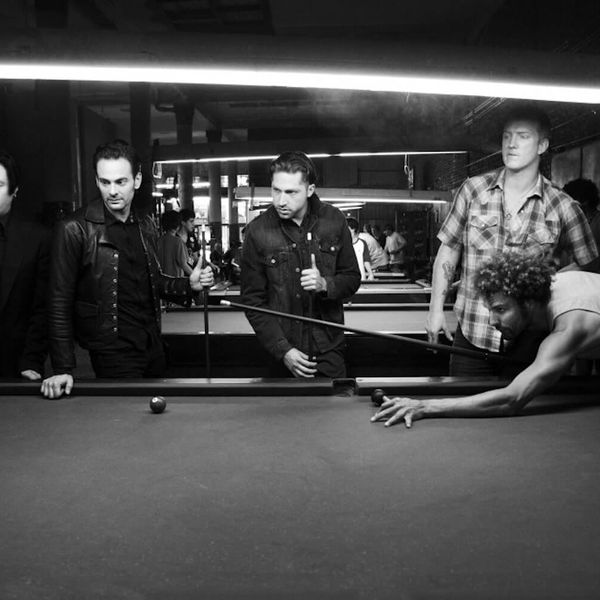
Our 10 favourite albums of the 2010s
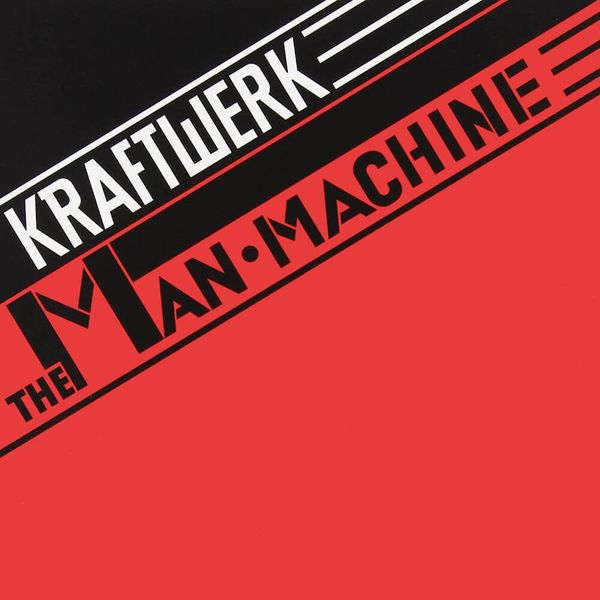
The Man-Machine // Kraftwerk
